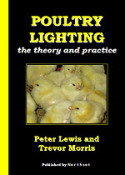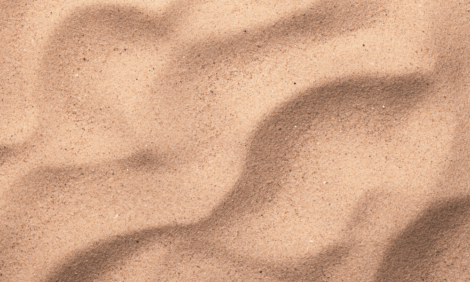



Understanding the Physiology of Lighting for Broiler Breeders
By Mike Wineland, Departmental Extension Leader, Poultry Science, NC State University and published in the North Carolina Poultry Industry Joint Area Newsletter Winter 2008.Manipulation of the light environment for the bird can optimize reproductive function, alter behaviour, metabolic rate or physical activity. Lighting programmes are quite different for pullets and hens but there are a number of concepts of light utilized by both which are shared. Reception of light by the pullet for reproductive purposes is not primarily through the eyes but rather by a part of the brain termed an extraretinal receptor (a receptor not in the eye). Light energy (in the form of photons) penetrates the feather, skin and skull to reach the receptor. The ability to penetrate to the extraretinal receptors is a function of the intensity and wavelength of the light source.
The pullet must be prepared for lay in the pullet house and allowed to become and then be capable of maintaining sexually maturity in the breeder house. The pullet must be able to interpret daylength. The bird has been shown to interpret daylength by the occurrence or lack of occurrence of light during a 'photosensitive period' which occurs 11-16 hours after dawn in a 24-hour day. The pullet perceives a long day if after a 'dawn'; or lights on, she then subsequently perceives light during the photosensitive period. If no light is perceived during this photosensitive period, the bird interprets the day as a short day similar to what we experience in winter time in the US. The pullet will be properly prepared if she receives at least 8 weeks of short daylengths of 8 hours just prior to moving to the breeder house. Generally, she will be on short day for a much longer period in the pullet house to help control activity and proper weight gain. Problems may arise if someone turns lights on when they should not be turned on or if there are light leaks in a blackout house when lights are off but occurring during a normal long day such as experienced during the summer months. This is why it is essential to have good blackout conditions in the pullet house.
In the breeder house, the hen is stimulated with long days to initiate development of the ovary and reproductive tract. The long days are perceived during the photosensitive period occurring 11-16 hours after dawn as described above. If the hen has been properly sensitized so that she can respond to the long daylength and she is physically ready with regard to age and body condition, she will commence production quickly. The hen's egg production will climb to a peak production rate and then gradually decline as she ages. The reason for this is that she is being photostimulated by long daylengths at the same time as she is starting to become photorefractive. Photorefractoriness is the condition when the hen responds less and less to the stimulatory long daylengths we have given her in the breeder house. Photorefractoriness is attained much more slowly than the photostimulation process. This results in the gradual decrease in egg production. The rate at which the hen becomes photorefractory can be manipulated by the daylength in the breeder house. The longer the daylength, the more rapid is the onset of the photorefractory condition and reduced egg production. Shorter but still photostimulatory daylengths will allow the photorefractory condition to be attained slower and thus keep the hen in production for longer.
Managing the lights for breeder is a very complicated process. Thus it is important that the pullet and hen are properly managed and the house conditions be optimal to obtain good egg production.
In a future article we will discuss lighting for broilers.
Winter 2008










